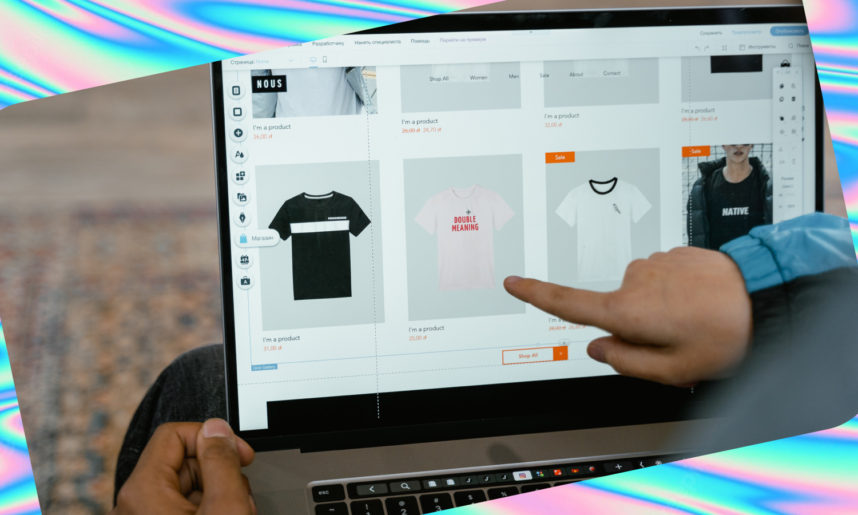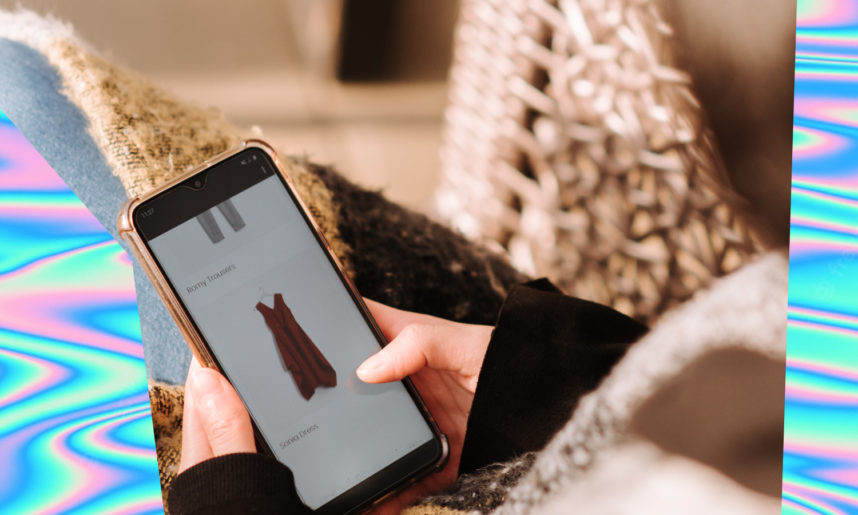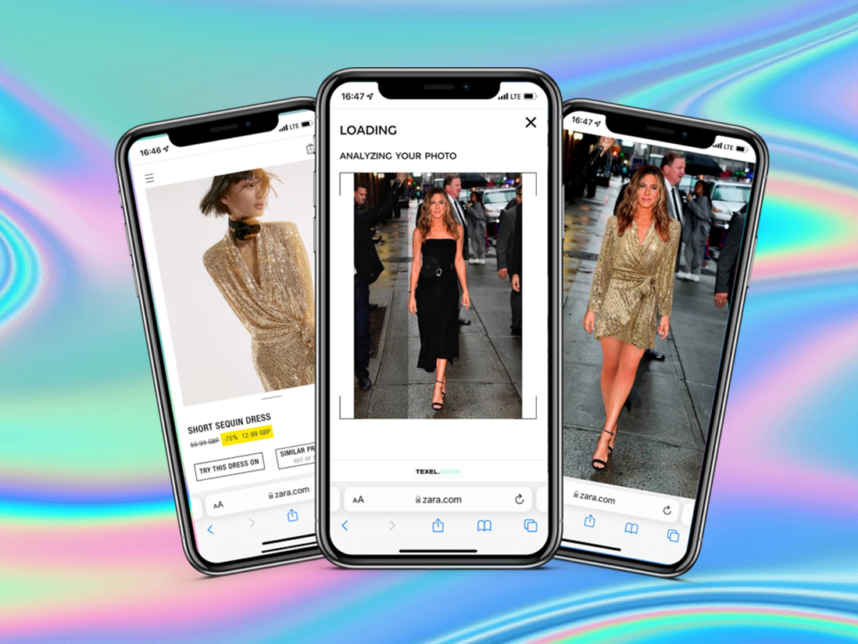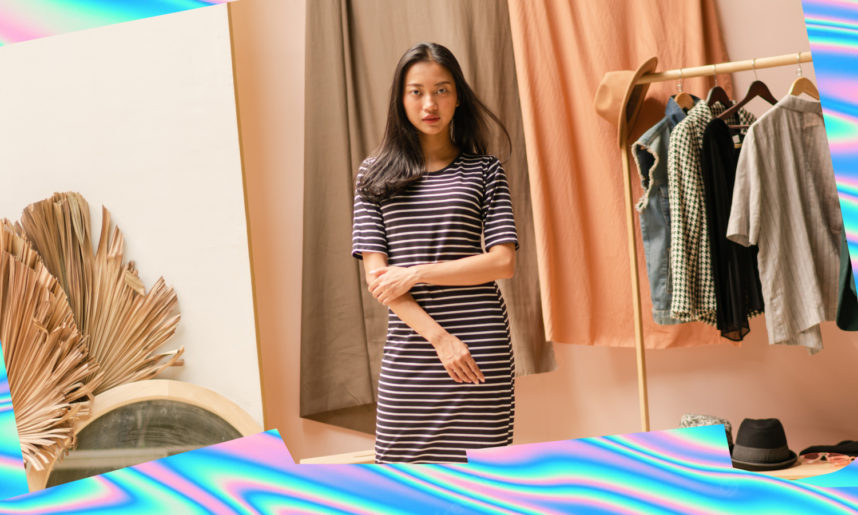Improving User Experience on PDP | How Can Virtual Fitting Room Technology Help?
Fashion | Ecommerce
17.05.2022

The Covid-19 pandemic had a significant impact on the traditional in-store shopping experience forcing consumers to move online. According to Statista, eCommerce retail purchases are expected to rise from 14.1% to 22% in 2023. This dramatic change in consumer behavior is here to stay, meaning that ecommerce is no longer a nice-to-have but a must-have for any retail fashion business.
As an increasing number of customers prefer to do their shopping online, it has never been more important to create a smooth ecommerce user experience. Statistics show that 38% of shoppers leave a website if it looks unattractive. This puts additional pressure on retailers to act by making sure that their product details pages (PDPs) are in line with the ever-increasing shopper expectations.
In this article, we discuss some of the tips that ecommerce fashion brands can utilise to take their user experience on PDP to a new level of excellence.
Accurate Sizing Information
Product returns are a big problem for fashion ecommerce, costing businesses a small fortune. American consumers returned an incredible $428 billion worth of goods in 2020 with a quarter of the total return figures coming from the e-commerce sales of apparel retailers.
“Return rates for online apparel purchases exceed 25% of total sales.” - McKinsey Returns Management Survey
Poor sizing information makes shoppers reluctant to purchase a product, leading to lower conversion rates. Even if a customer purchases an item that has unclear sizing guidelines, they are highly likely to send it back, causing extra costs for the business.
In order to resolve the sizing problem for fashion ecommerce, brands can utilise technology like Texel.Moda that helps to provide personalised size recommendations and decrease product returns by up to 40%. By adding a simple size recommendation widget to a PDP, fashion brands can provide personalised size advice within seconds, helping consumers to make more informed purchasing decisions. This quick and easy to integrate solution provides a simple customer journey, only requiring shoppers to answer a brief questionnaire to find out their perfect size for a particular clothing item.
Compelling Product Images
According to Field Agent survey, 83% of people find product images “very” or “extremely” influential when making a purchasing decision online.
One way to increase the “time spent on-site" metric is by using imagery to show complementary products. This also helps to encourage customers to keep browsing online for longer. Brands such as H&M take advantage of a “style with” section that suggests products that work well with the item that is being viewed by the shopper. This helps to encourage customers to browse through more items and buy more than one product at the same time.
Statista survey shows that an average online fashion shopper views 32 pages during one session before placing an order. By including product variants such as different item colors or fit on the PDP, brands can help customers not only find exactly what they are looking, but also encourage them to stay on the website for longer.
Clear Product Description
88% of customers think that detailed product pages are crucial for making a purchasing decision. Product details such as material, model size, delivery fees and delivery times are important for the customer by helping them to make an informed decision that matches their needs and expectations.
With four in five consumers choosing brands that align with their values, companies should also consider using product descriptions as an opportunity to convey their unique brand values to the shoppers.
Brands such as Gucci & Net-a-Porter use their product details section to highlight the product value, and the inspirations behind it. They highlight the luxury nature of their brand, emphasising luxury materials and delicate design.
User-Generated Content for Social Proof
Social media plays an important role in today’s online shopping decision making. According to Oberlo, 79% of shoppers say that they trust online reviews as much as personal recommendations.
Shein is one example of a brand that uses customer body data to enhance their product reviews by including details such as height, weight and age. This helps other customers to find shoppers with bodies similar to their own, and better understand how the product might fit them. Shein also encourages clients to take a photo of themselves wearing the purchased items and include these images into their product review by providing shoppers with additional bonus points.
Personalising User Experience
The ultimate user experience on PDP varies from brand to brand and completely depends on the needs of the consumers. Before making any significant changes to optimise the UX, brands should understand what exactly their customers are looking for when shopping online.
Technology can help with improving the shopping experience by making it more engaging and personalised. As 80% of consumers are more likely to make a purchase from a brand that provides a personalised experience, fashion brands can utilise technologies such as Texel.Moda to provide personalised size recommendations and virtual fitting experiences.
By using Texel.Moda virtual fitting room technology, fashion brands can increase their conversion rates and decrease product returns with minimal effort.






